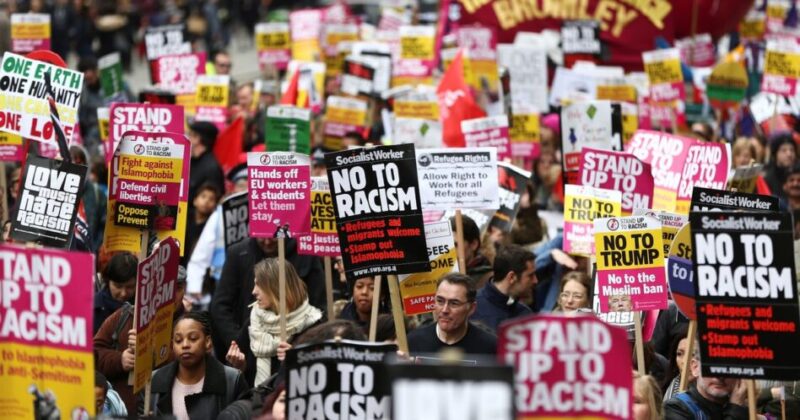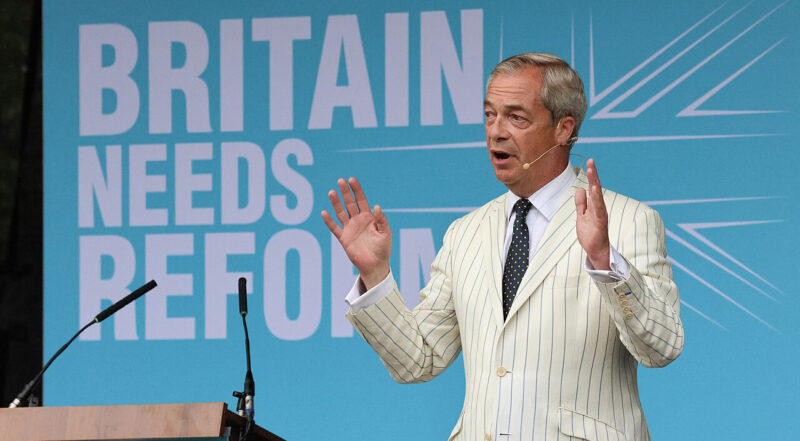The Russian Revolution of 1917
Russia on the eve of 1917 was a country dominated by the Tsar and a feudal aristocracy.
In 1914, the Russian empire, allied with France which was its main source of the huge loans keeping its creaking system afloat, entered the First World War against Germany and Austria-Hungary. France had high hopes that the Tsar’s huge peasant army, “the Russian steamroller”, would crush the German armies in the east, enabling it to break through in the west.
The Tsarist armies were defeated in disastrous battles and rolled back through the Empire’s western borderland, suffering huge casualties. The Tsar, who in mid-1915 assumed formal command, was directly embroiled in the disaster. His government fell into the hands of a court camarilla around his wife and her “spiritual advisor”, the drunken half-crazed monk Grigori Rasputin.
They changed the government at will and removed many of the more competent generals, adding to the chaos and disrupting the war effort.
Russian society was under terrible strain from the war and from the riding tide of militancy from the working class. Between the Tsar and the workers, lay the capitalists who demanded more political rights from the government but were wary of going so far that the working class would burst through and make a revolution like the one in 1905.
The prolonged revolutionary upheaval in 1905-07, led by the workers and supported by peasant uprisings and mutinies in the fleet and the army, had forced Tsar Nicholas II to introduce some of the formal institutions of a constitutional democracy, notably a parliament called the State Duma. But in reality he still exercised many of the powers of an absolute monarch, a system known as autocracy. Whilst liberal and conservative parties were now allowed, revolutionaries and trade unionists were harassed, arrested at will, their newspapers censored or closed down. Jews and other oppressed nationalities were subjected to pogroms (massacres).
The 1905 revolution had also seen the Russian Marxists adopt two distinct strategies towards taking political power. The Mensheviks believed that Russian society was still predominately fuedal and the working class was too weak to take power. Therefore the task was to push the capitalists into taking power: this was the policy of several leading Russian Marxists including Plekhanov. The Bolsheviks believed that the working class had to take power because the bourgeoisie was too weak and would ally itself with reaction. However, most Bolsheviks still believed that the working class would only be able to rule within a bourgeois republic and that the conditions were not yet ripe for socialism. Events were to prove both theories wrong.
Alongside the articles on this website about the Russian revolution several other works by other Marxists should be read in order to develop a deeper understanding of the revolution itself.
The most important book on the subject, written by the Bolshevik who organised and led the October insurrection is Trotsky’s The history of the Russian Revolution
The Lessons of October is also an important pamphlet by Trotsky as he attempts to distill the lessons of the successful revolution in Russia and compare it to the failed revolution in Germany 5 years later.
Also The character of the Russian revolution as foreseen by Plekhanov, Lenin and Trotsky explains what Lenin and Trotsky agreed and disagreed on, in the run up to the October revolution and how these compared to the thoughts of the ’father of Russian Marxism’ Georgi plekhanov, who by 1917 had gone over the camp of the pro-imperialists.
Isaac Deutschers biography of Trotsky “The prophet armed” (available from Verso books also contains useful details about how Trotsky went from political opposition to Lenin for over a decade to working closely alongside him in the struggle for working class power in 1917.
Victor Serge’s book Year one of the revolution is a critical but generally supportive account of the problems and disasters that faced the young workers state from 1917 to 1918, namely how to end the war, how to begin to inroduce socialism, and how to prevent starvation alongside fighing the bitter civil war that was beginning to develop.
Lenin deals with some of the criticisms that the Bolsheviks faced after the revolution of organising a coup to ’take power’ in an undemocratic way in his pamphlet Can the Bolsheviks retain state power?
Lenin’s excellent book State and Revolution published only months before the October revolution whilst Lenin was hiding in Norway to escape the counter revolutionary forces in Russia, is a classical Marxist exposition of our understanding of the state and what we mean by a revolutionary struggle.




